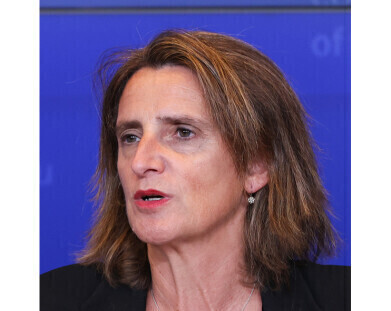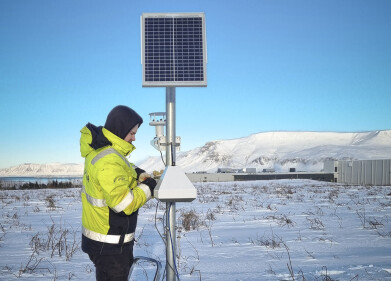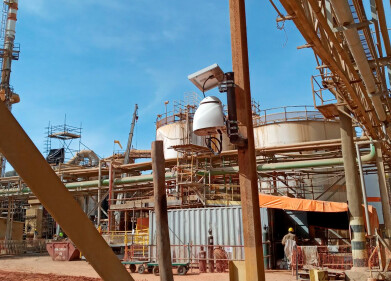-
 Teresa Ribera Rodríguez
Teresa Ribera Rodríguez
Air Quality Monitoring
Council of the European Union ready to start talks on new rules to strengthen air quality standards in the EU
Nov 13 2023
The European Council has recently set its mandate for talks with the European Parliament on a plan to set European Union air quality standards to be reached by the end of the decade and to put the EU on a path to achieve its zero-air pollution target by 2050; it also attempts to align EU air quality standards more closely with World Health Organization guidelines.
The negotiating mandate, which was agreed at Coreper (Committee of the Permanent Representatives of the Governments of the Member States to the European Union) level, sets out the European Council’s stance for the opening of negotiations, or ‘trilogues’ with the EU Parliament to mould the final version of the legislation.
Teresa Ribera Rodríguez, minister for the ecological transition and the demographic challenge stated ‘Each year, we see around 300,000 premature deaths due to air pollution in Europe. This is unacceptable; we must act now. With today’s agreement, we are setting the basis for cleaner air and a healthier environment in the EU, with improved standards and more effective action to tackle air pollution. This is not just a piece of legislation; it is a testament to our dedication to the well-being of our citizens and our responsibility towards the planet.’
The Council’s text has endeavoured to maintain the Commission proposal’s primary ambition of improving air quality standards in the EU, continuing on the path to the 2050 zero-pollution objective and, while adding some flexibility for member states in their efforts to implement the directive.
As well as laying out plans to push the EU closer to their target of zero-pollution for air quality by 2050, therefore contributing to a toxic-free environment, the legislation sets out more stringent EU air quality standards to be attained by 2030 in the form of limit and target values that are closer to World Health Organization guidelines. The updated directive covers a plethora of air-polluting substances, such as fine particles and particulate matter (PM2.5 and PM10), nitrogen dioxide, sulphur dioxide, benzene, arsenic, lead and nickel, to name a few. As an example: the yearly limit values for PM2.5 and NO2, which have the highest documented impact on human health, would be reduced from 25 µg/m³ to 10 µg/m³ and from 40 µg/m³ to 20 µg/m³ respectively; the World Health Organization’s guideline values are 5 µg/m³ for PM2.5 and 10 µg/m³ for NO2.
The Council’s text includes some flexibility concerning the achievement of air quality limit values for locations where compliance with the directive by the deadline would prove unrealistic because of site-specific dispersion characteristics, climatic conditions or transboundary contributions. For these reasons, the Council also added that member states, with a lower national GDP per capita than the EU average and with a higher share of low-income households, where modelling application results indicate that the limit values cannot be reached within the attainment date, can ask for a postponement of up to 10 years from the deadline, until no later than 1 January 2040.
Digital Edition
AET 28.2 April/May 2024
May 2024
Business News - Teledyne Marine expands with the acquisition of Valeport - Signal partners with gas analysis experts in Korea Air Monitoring - Continuous Fine Particulate Emission Monitor...
View all digital editions
Events
Jul 30 2024 Jakarta, Indonesia
China Energy Summit & Exhibition
Jul 31 2024 Beijing, China
2024 Beijing International Coal & Mining Exhibition
Aug 07 2024 Beijing, China
IWA World Water Congress & Exhibition
Aug 11 2024 Toronto, Canada
Aug 25 2024 Stockholm, Sweden and online








.jpg)








